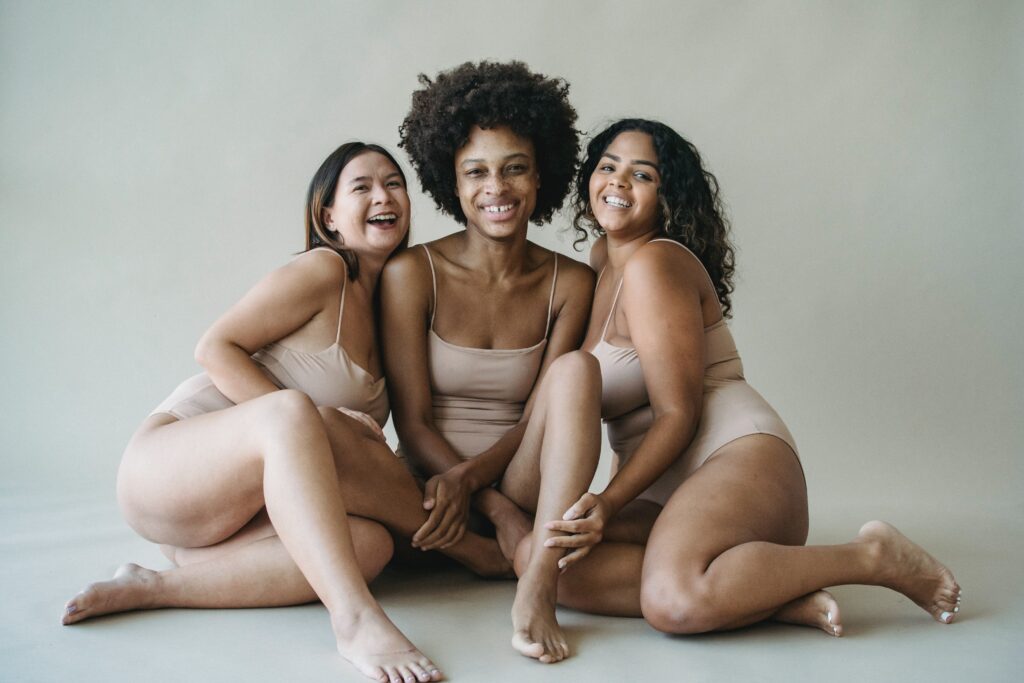Introduction
Bodysuits have become a beloved staple in many wardrobes due to their versatility and sleek look. However, finding a bodysuit that fits properly can be tricky. A well-fitting bodysuit not only enhances your appearance but also ensures comfort throughout the day. In this guide, we’ll walk you through the key aspects of determining if a bodysuit fits correctly, so you can rock this trendy piece with confidence.
1. Understanding Bodysuit Sizing
Know Your Measurements
The first step to ensuring a proper fit is knowing your body measurements. Accurate measurements of your bust, waist, and hips are crucial. To measure:
- Bust: Measure around the fullest part of your bust.
- Waist: Measure around the narrowest part of your waist.
- Hips: Measure around the fullest part of your hips.
Refer to Size Charts
Different brands may have varying size charts, so always refer to the specific brand’s size chart before purchasing. Be mindful of any discrepancies between brands and adjust accordingly. If you’re between sizes, consider the fabric’s stretch and your personal comfort preferences.
2. Key Fit Areas
Shoulders and Neckline
A properly fitting bodysuit should sit comfortably on your shoulders without slipping off or digging in. The neckline should lie flat against your skin without gaping or pulling. If the neckline feels too tight or loose, it may indicate an incorrect size.
Bust and Torso
The bodysuit should provide adequate support and coverage for your bust. The fabric should lay smoothly against your torso without any wrinkles or bunching. If the bodysuit feels too tight around the bust, you may need a larger size.
Waist and Hips
Ensure the bodysuit fits snugly around your waist and hips without cutting into your skin. It should feel secure but not restrictive. If the bodysuit creates bulges or feels uncomfortable, it might be too small.
Length of the Torso
The length of the torso is crucial for overall comfort. A bodysuit that is too short will pull and create discomfort, while one that is too long may bunch up. The bodysuit should fit your torso length perfectly, allowing you to move freely without any pulling or sagging.
3. Checking Comfort and Mobility
Stretch and Fabric
The fabric of the bodysuit should be stretchy and breathable to ensure comfort. Test the stretch and return of the fabric by gently pulling it and releasing. It should have good elasticity and return to its original shape.
Movement Test
Perform basic movements like raising your arms, bending over, and sitting down to test the fit. The bodysuit should stay in place and not ride up or down during movement. If it shifts significantly, it may not be the right fit.
4. Addressing Common Fit Issues
Riding Up or Down
If your bodysuit rides up or down, it could be due to incorrect sizing or torso length. Adjust the size or try a different style that better suits your body shape.
Gaping Neckline
A gaping neckline indicates that the bodysuit is too big. Try a smaller size or a different cut that fits closer to your body.
Too Tight or Loose
If the bodysuit feels too tight and restricts your movement, opt for a larger size. Conversely, if it feels too loose and doesn’t provide the desired support, try a smaller size.
Conclusion
Finding the perfect fit for a bodysuit involves understanding your measurements, paying attention to key fit areas, and ensuring comfort through movement tests. By following these guidelines, you can confidently choose a bodysuit that enhances your style and comfort. Remember, the right fit not only looks great but also feels great. Happy shopping and styling!


